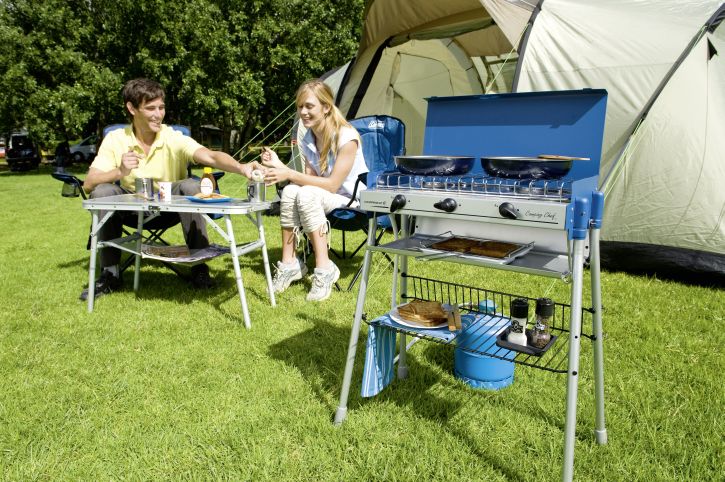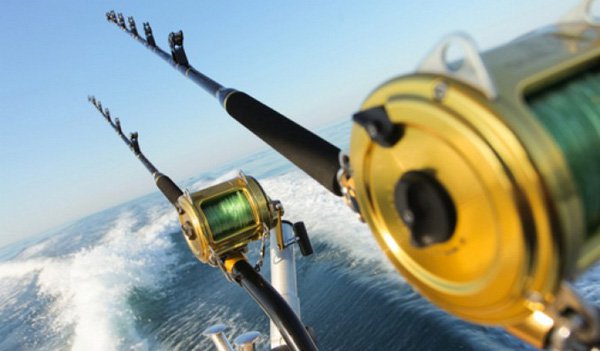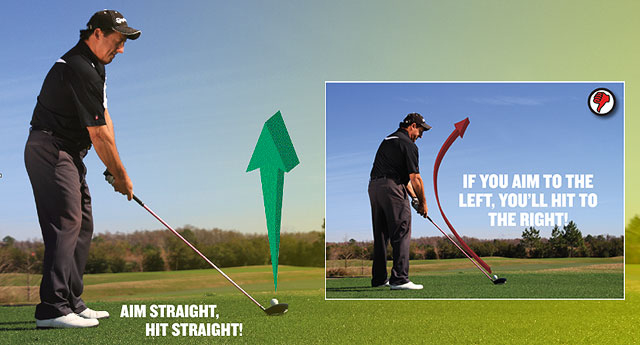prop, second row and number 8
Question
hey there,
Last year i started to play rugby for my school and i'm now really getting into
it. i started playing prop which i enjoyed,i now mainly play second row and
i'm not enjoying it, but number 8 is appealing to me so i was just wondering
if u had any tips, what it includes etc. i'm 13 years old going on 14, i'm 5"12
and 13.5 stone.
thanks in advance
andrew
Answer
Hi Andrew there is a lot to learn as a #8 belwo I have put a past answer I did for a similar question. The key thing is to be a play maker and line breaker. Your work rate is one of the highest on the field as you support both the forwards and backs on defence and attack. If you are not running with the ball you are supporting the ball carier or off loading the ball to a team mate or making a tackle.
Key goal on attack is to be a game breaking ball carrier. From the side of the scrum and off the line out your job is to break the opposition line, suck in at least 1 tackler (or 2) and be able to off load a pass to a supporting player, either a flanker or the 1/2 back. Support the back line and the ball carrier in open play and be involved in the mauls and rucks if needed but if the maul or ruck is well won you need to come in as a runner option for the 1/2 back to off load to.
On defense you will be marking your opposite man at the scrum and line out. Much like a flanker you need to be hunting the ball and the ball carrier. Your open side will often get to the ball first of the scrum break so you need to be right on his shoulder to take the next player out as your flanker forces the pass.
Flanker.
Your strength will affect your style of play. If you are agile and fast you will be more of a ball scavenger, going in for many tackles but also hunting the ball out of any break down in play to win the ball for your team. This involves a much higher aerobic level of fitness but is a very effective style. You will more like an extra back than an extra forward.
If you are a little slower but bigger you might be more of an impact flanker. Basically a 2nd #8. Harass the opposition 1/2 back and 1st 5. Be an impact ball carrier and have a high tackle count.
Protect the fringes, the side of the scrums, mauls and ruck for opposition flankers, #8 and runners who make a run. The 5 feet on each side of any maul, ruck or scrum are your to either defend or take advantage of as a runner.
The Blind side flanker is defending the blind side of the scrum or maul. This is important because the only other player behind you is often your winger, not a safe bet to stop a big #8 who decides to go for a run. A blind side Flkr is running from the furthest distance to get to the ball/phase of play so you will need to run in "loops". To be able to come in from directly behind the ball to be at the best angle for hitting a maul or ruck or to take a pass and be a good runner you will need to run loops. If you run straight at the ball you will be coming in from the side and either get penalized by the ref or just get in the way or at least lower your effectiveness as a running option.
"Loops" is an important thing to remember in any position actually.
Blind side can also push the envelope with the scrum. If you crouch low an "hide" behind the scrum you can see the ball in the scrum. Break as soon as you can and even a little early if the ref is not paying attention - hit the 1/2 back as soon as his hands are on the ball. This can be tricky so do not try if your are in range of the goal posts or you could cost your team 3 points.
Stay on your feet in the tackle and at the break down, this is very important.
Be the first to the ball to take a pass, make a tackle or pick the ball off the ground (on your feet).
Let me know if you need any more tips I think this covers the basics.
us rugby
Job in usa


